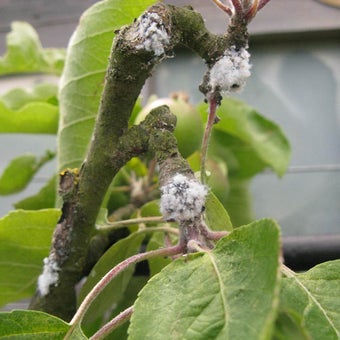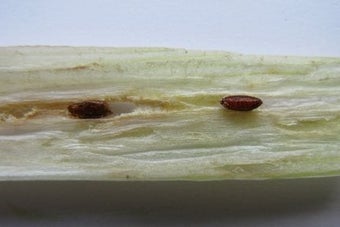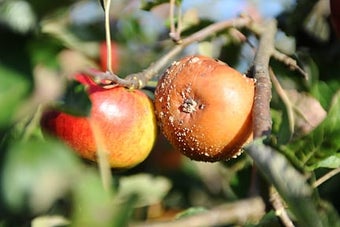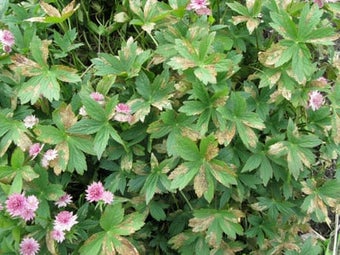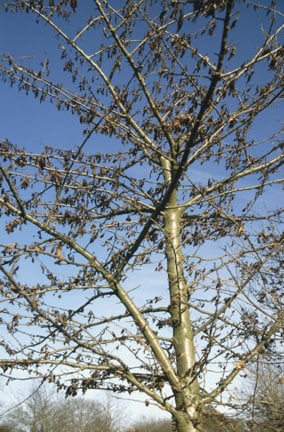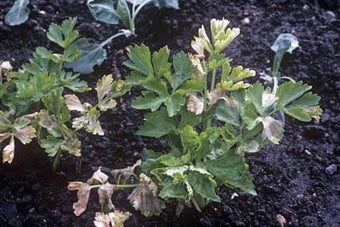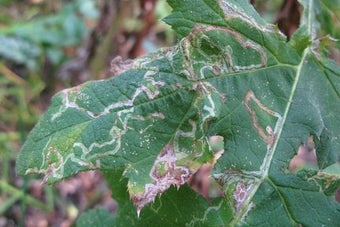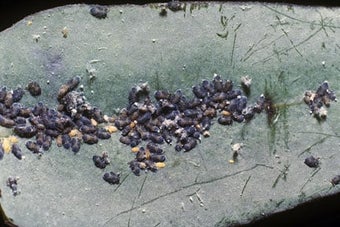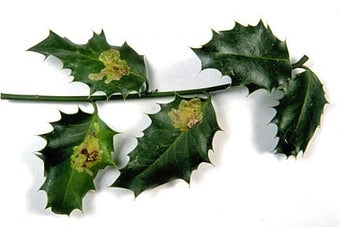
Quick facts
Common name - Apple leaf mining moth
Scientific name - Lyonetia clerkella
Plants affected - Apple, cherry, ornamental Prunus, hawthorn (Crataegus) and birch (Betula)
Main symptoms - Whitish or brown lines in the leaves.
Caused by - Caterpillar of a moth
Timing - June to September
What is apple leaf mining moth?
Apple leaf mining moth is a small moth which have larvae that develop within the leaves of apple and some other trees. The adult moths have a wing span of 8-9 mm and the forewings are shining white with brownish markings towards the wing tips. The caterpillars feed within the leaves of host plants and are greenish and up to 8mm long when fully grown. The moth has no effect on cropping and is part of the that healthy host trees support.
This moth is a member of the moth family Lyonetiidae. They are considered smaller moths (microlepidoptera). The microlepidoptera make up more than 1600 species across 45 families in the UK, a majority of the 2600 species of butterfly and moth found in Britain. Nearly 900 other insects, including some beetles, sawflies and moths create leaf mines as larvae more information about some for these insects can be found at .
Symptoms
There are up to three generations of apple leaf miner during the summer although it is usually only the final generation of caterpillars in August to early October that is sufficiently numerous to be noticed. Host plants include apple, cherry, ornamental Prunus, and less frequently, hawthorn and birch.
The leaf mine is a long, narrow and sinuous tunnel which can be seen as a whitish or brown line on the upper leaf surface. In late summer some apple trees can have a large proportion of their leaves mined and some leaves may contain many caterpillars. This can result in areas of some leaves dying and dropping out.
When the larvae have finished feeding they emerge from the leaf and spin small silken cocoons, which are suspended like hammocks from the underside of the leaf. Adults of the final generation emerge during October and they overwinter in sheltered places before laying eggs in April to June.
Management
The moth is part of the that healthy host trees support. This insect does not harm the health of trees or cropping, despite the extensive mining that can occur. High populations and accumulation of damage only develop at the end of the summer.
